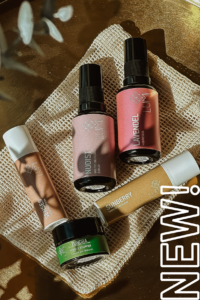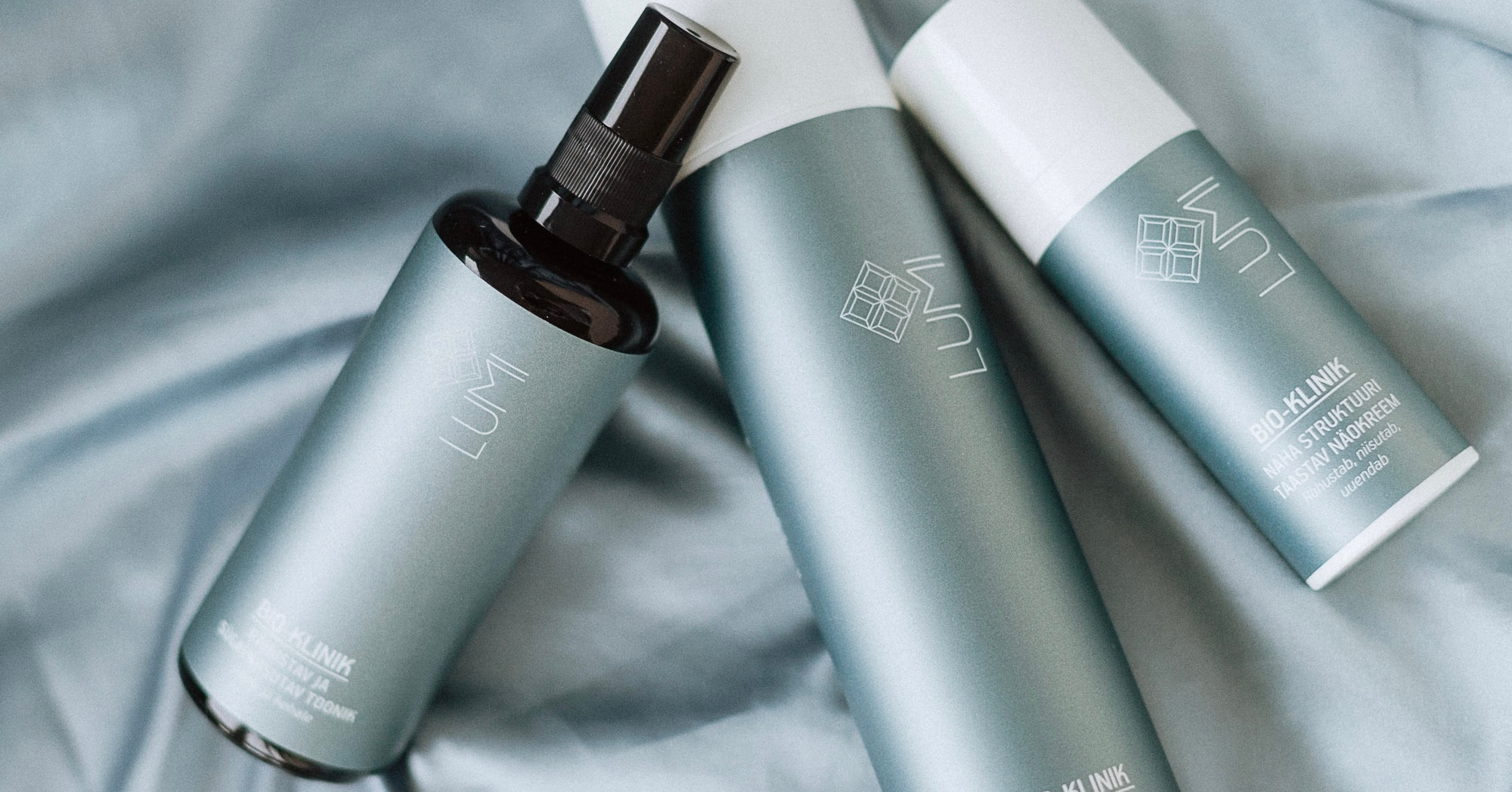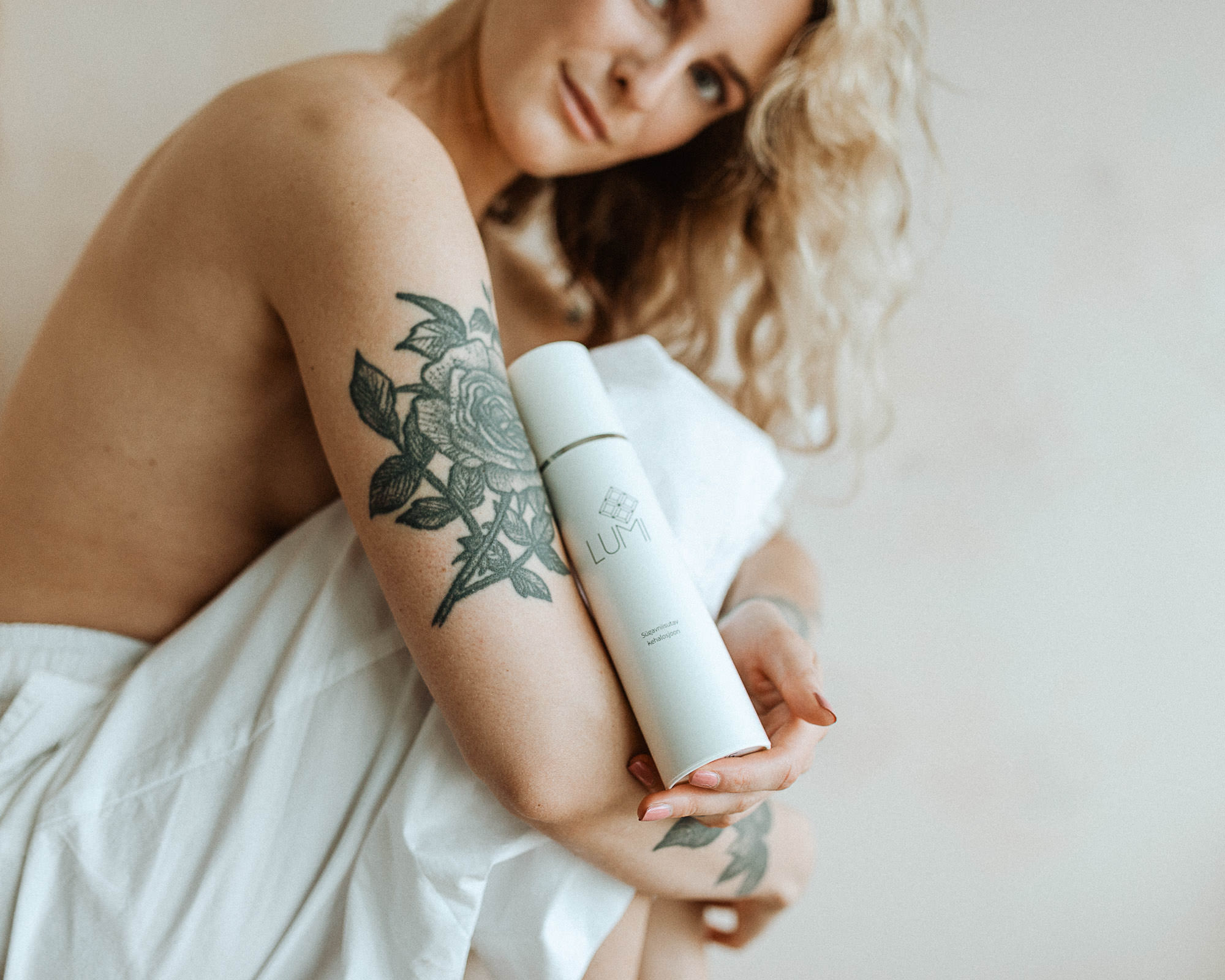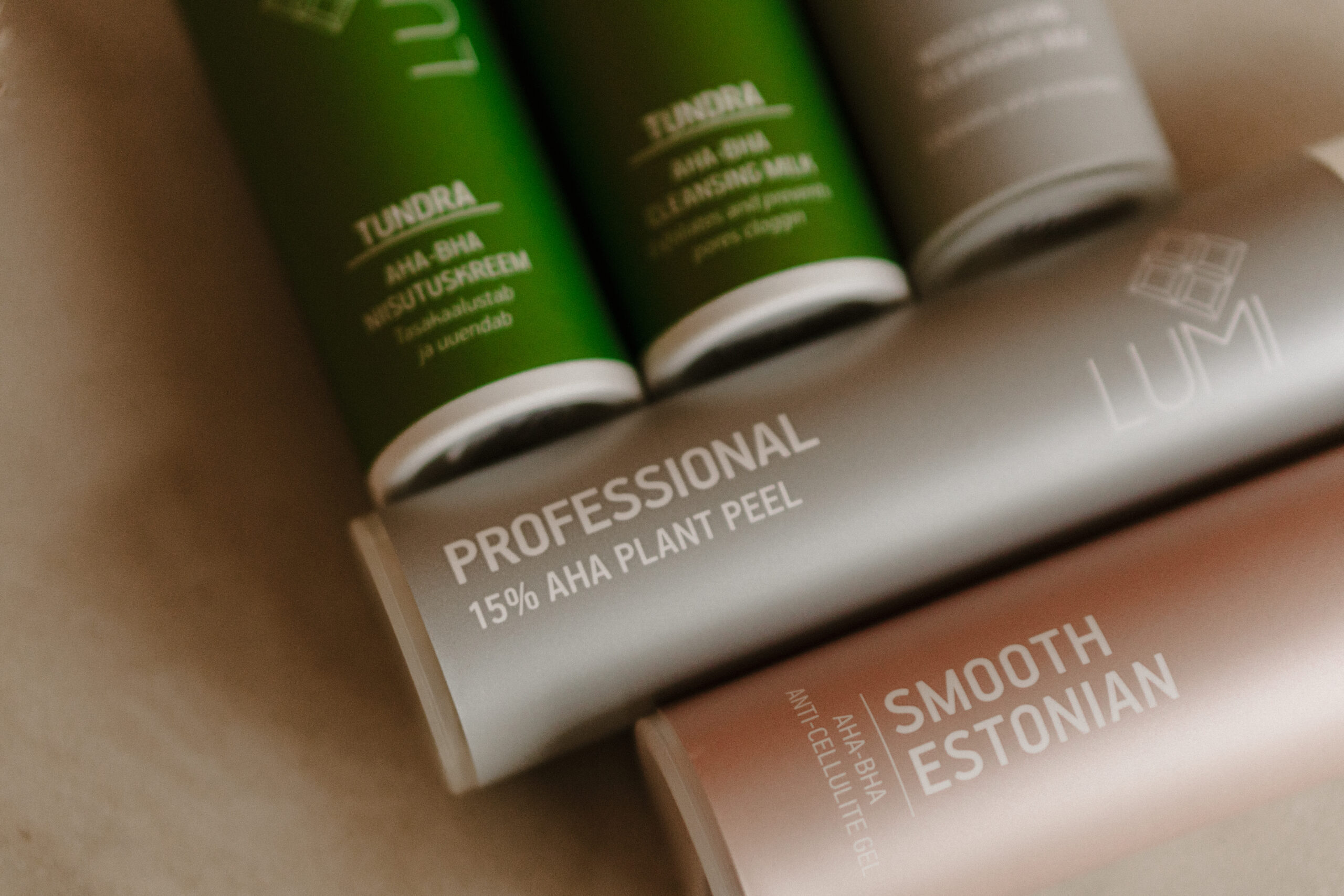
The primary effect of Alpha Hydroxy Acids (AHAs) lies in their keratolytic capability, which weakens the bonds holding dead skin cells together. As these bonds loosen, dead cells shed from the skin’s surface, revealing fresher, smoother, and more youthful-looking skin. This results in a light sensation and gives the impression that the skin is “breathing.”
Acid peeling stimulates the production of collagen, elastin, and ceramides in the skin. These components are essential for maintaining plump, healthy, and youthful-looking skin.
Regular acid peeling aids in cleansing the pores, leading to a noticeable reduction in inflammations and pimples over time. It also accelerates the fading of post-inflammatory signs, such as redness and pigmentation, on the skin. Additionally, acid peeling is effective for dry skin as it helps remove the dry layer on the skin’s surface, enhancing the absorption of serums and creams
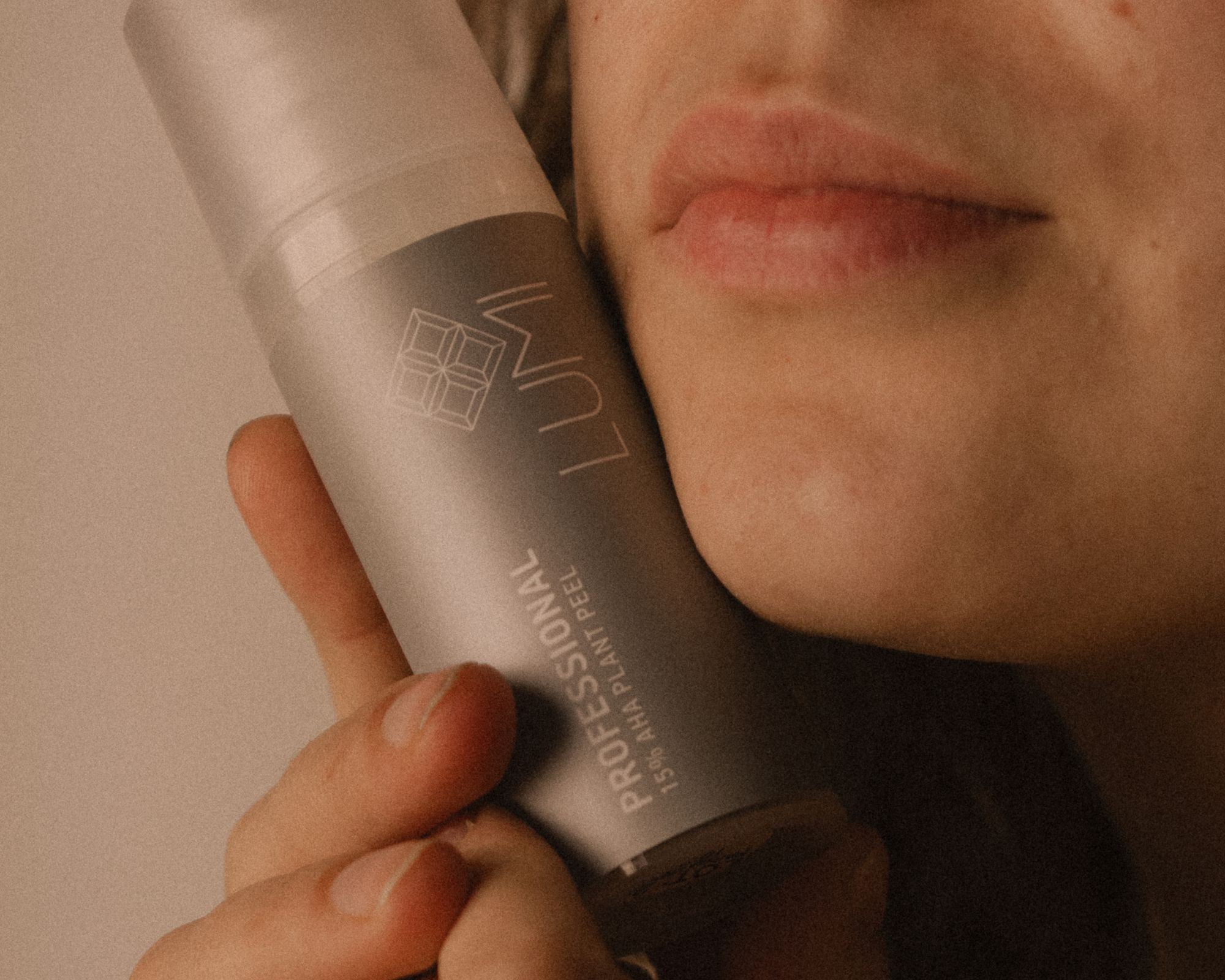
Start your LUMI 15% AHA PLANT PEEL treatment now!
This approach allows the skin to recover before the intense spring sunshine while simultaneously preventing the exacerbation of common springtime skin issues, such as increased sebum secretion, surface dryness, or a worsening of inflammatory processes. It is recommended to use the acid peel once a week for a duration of six weeks.
LUMI 15% AHA PLANT PEEL offers maximum results with minimum irritation.
The AHA exfoliating offers a range of benefits, including:
- Deep cleansing and tightening of pores;
- Reduction in sebum secretion;
- Relief from inflammation and acne;
- Smoothing of wrinkles and scars;
- Rejuvenation of the skin;
- Relief from dryness;
- Evening out of the skin tone;
- Enhanced absorption of skincare products;
- Improved skin texture, resulting in more even makeup application.
For optimal results, it’s recommended to undergo an acid peel once a week for a duration of six weeks, as part of a course. If needed, the course can be completed in a shorter period, but it’s important not to exceed a frequency of once per week. The product is potent, and the skin requires time to recover. With each passing week, you’ll notice the acid peeling becoming increasingly effective.
Apply a thin, even layer of the acid peeler to clean, damp skin using gentle massaging motions with a soft brush, and leave it on for 15-20 minutes. Avoid the eye area. For sensitive, thin, or couperose skin, reduce the application time to between 5 and 10 minutes, adjusting as necessary. The scrub can also be used on the décolleté, shoulders, and back to address issues like blockages, inflamed pimples, or roughness.
A week before and after using the exfoliator it’s advisable to avoid sun tanning, using products containing vitamin A (including retinol), and any other activities that might irritate the skin.
After exfoliating, rejuvenate your skin with LUMI moisturising serum, cream, or mask. It’s crucial to hydrate and nourish the newly exposed fresh skin cells, as they will absorb these nutrients more effectively after the acid peel.
TIP! To prevent ingrown hairs on the legs or bikini area, use the LUMI 15% AHA plant peel. This effective solution makes strawberry skin a thing of the past! Apply it 1-2 times a week, and follow up with the Nudist+Bio-Klinik smoothie for daily hydration. This routine not only prevents ingrown hairs but also helps heal inflammations caused by existing ones. Your legs will be perfectly prepared for the first time you wear skirts this season! Remember, apply Nudist immediately after waxing or shaving to soothe the skin.











